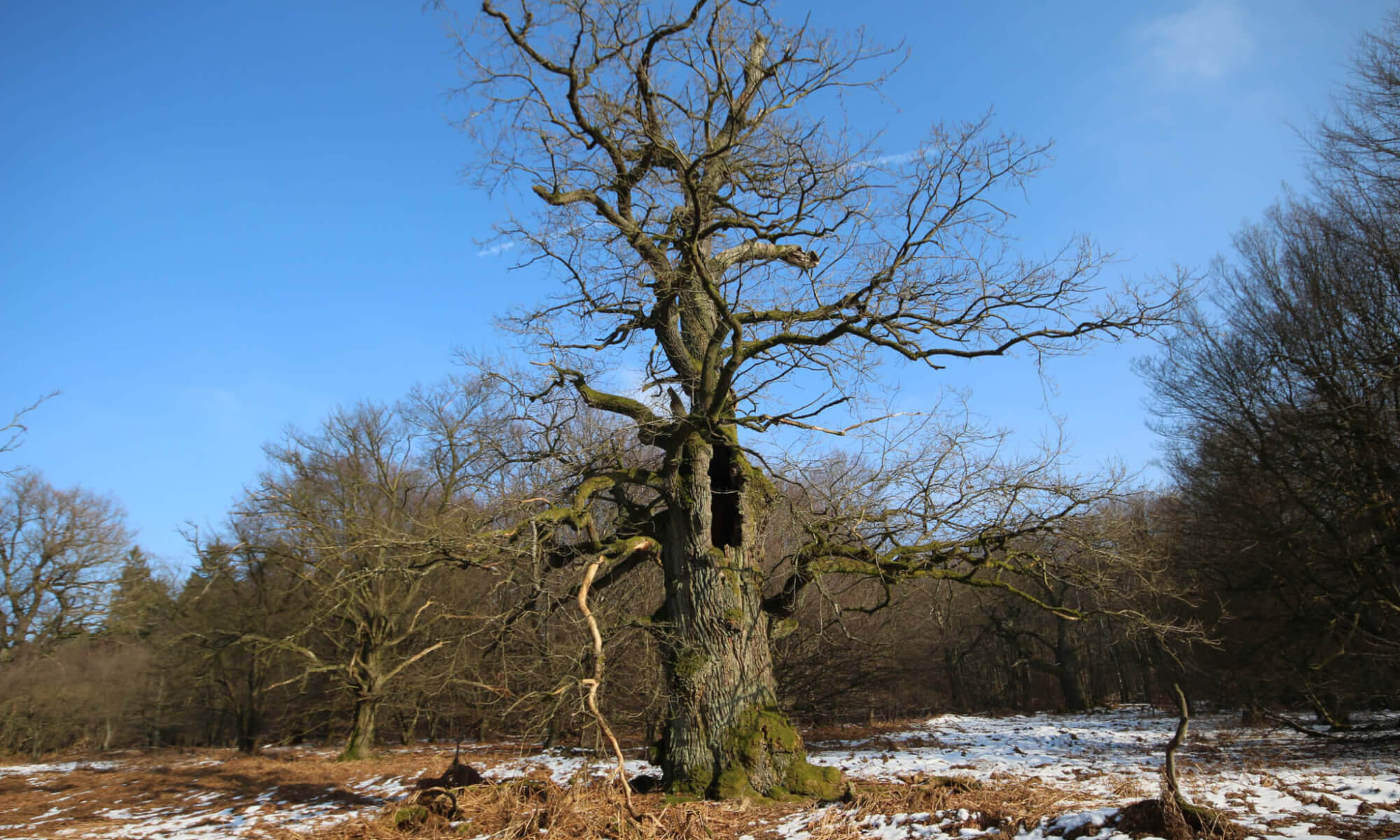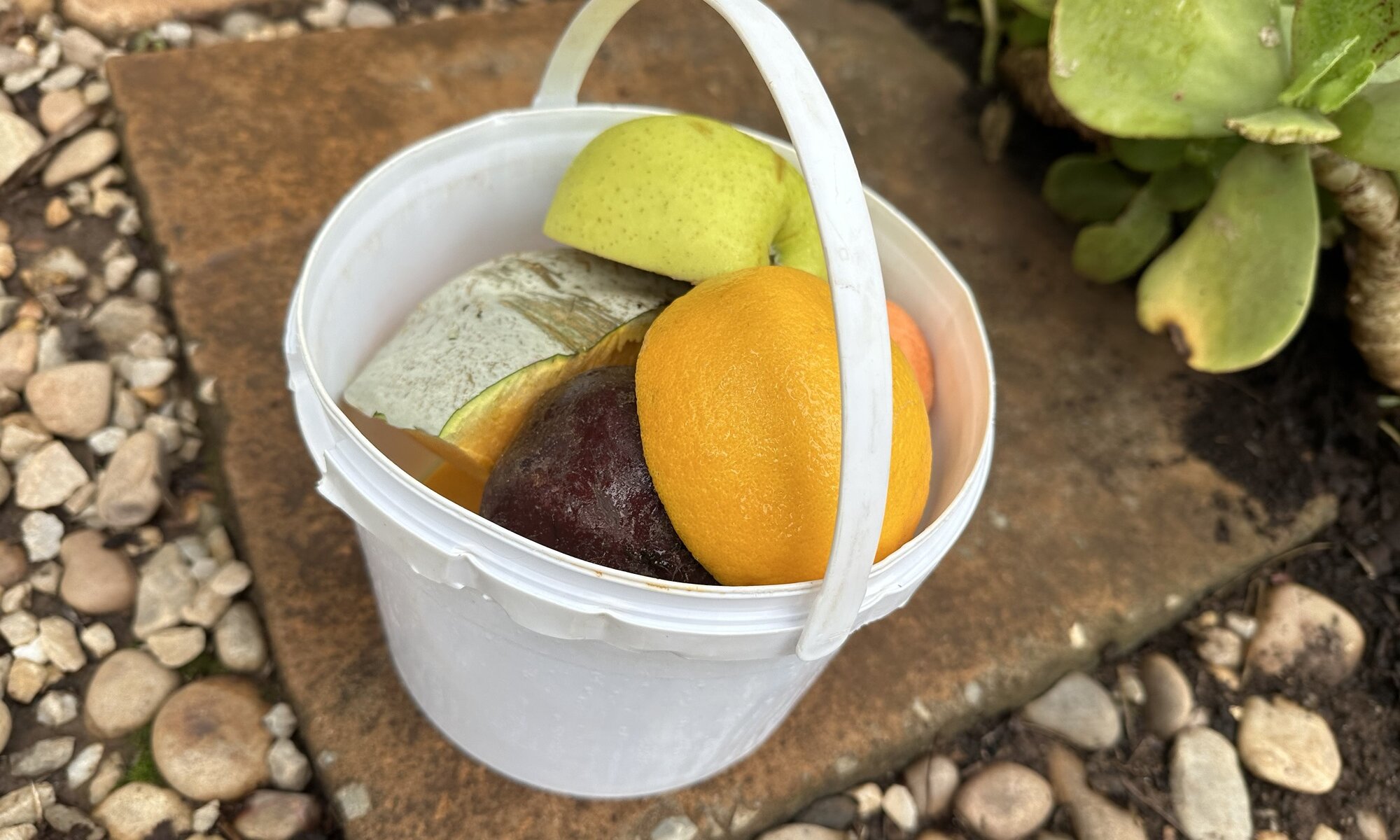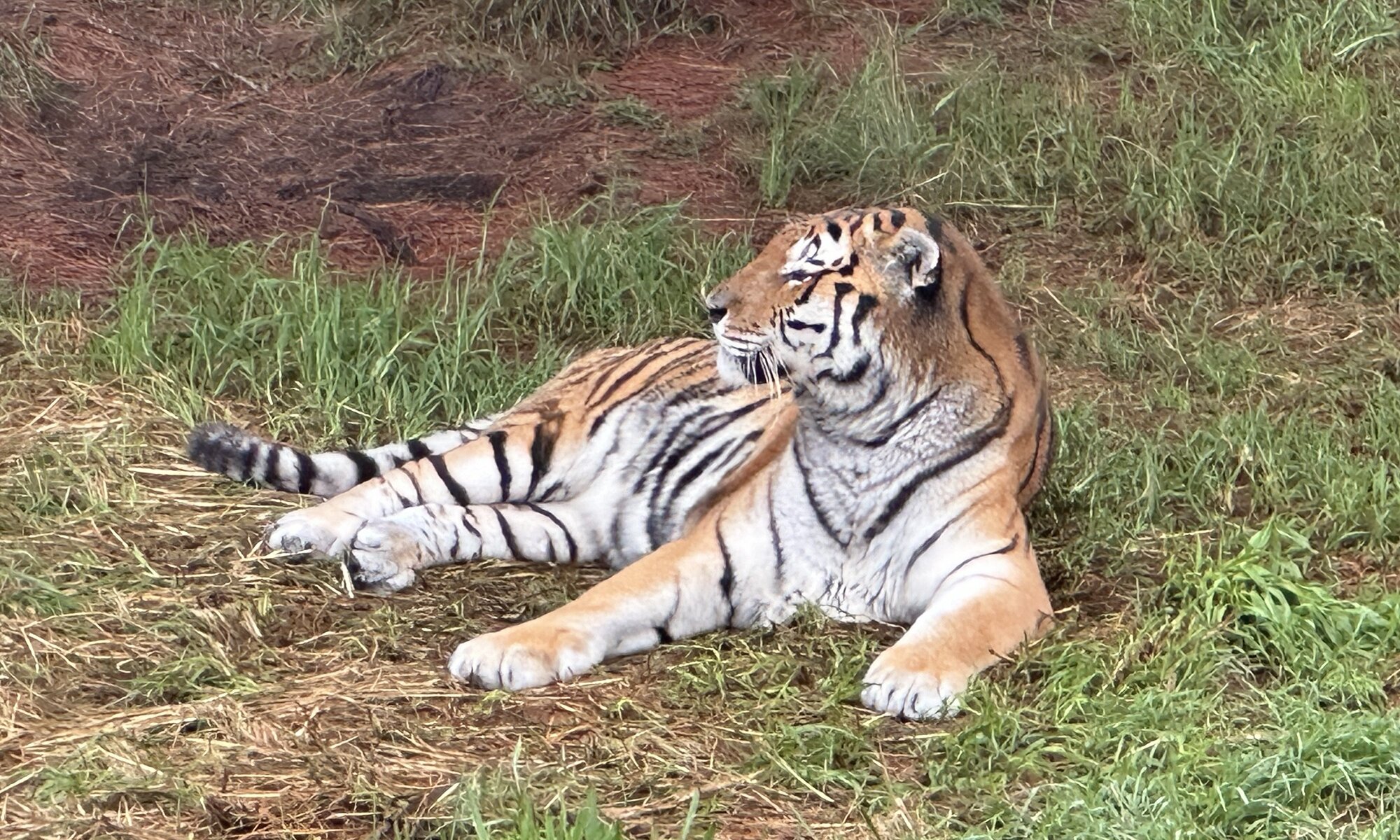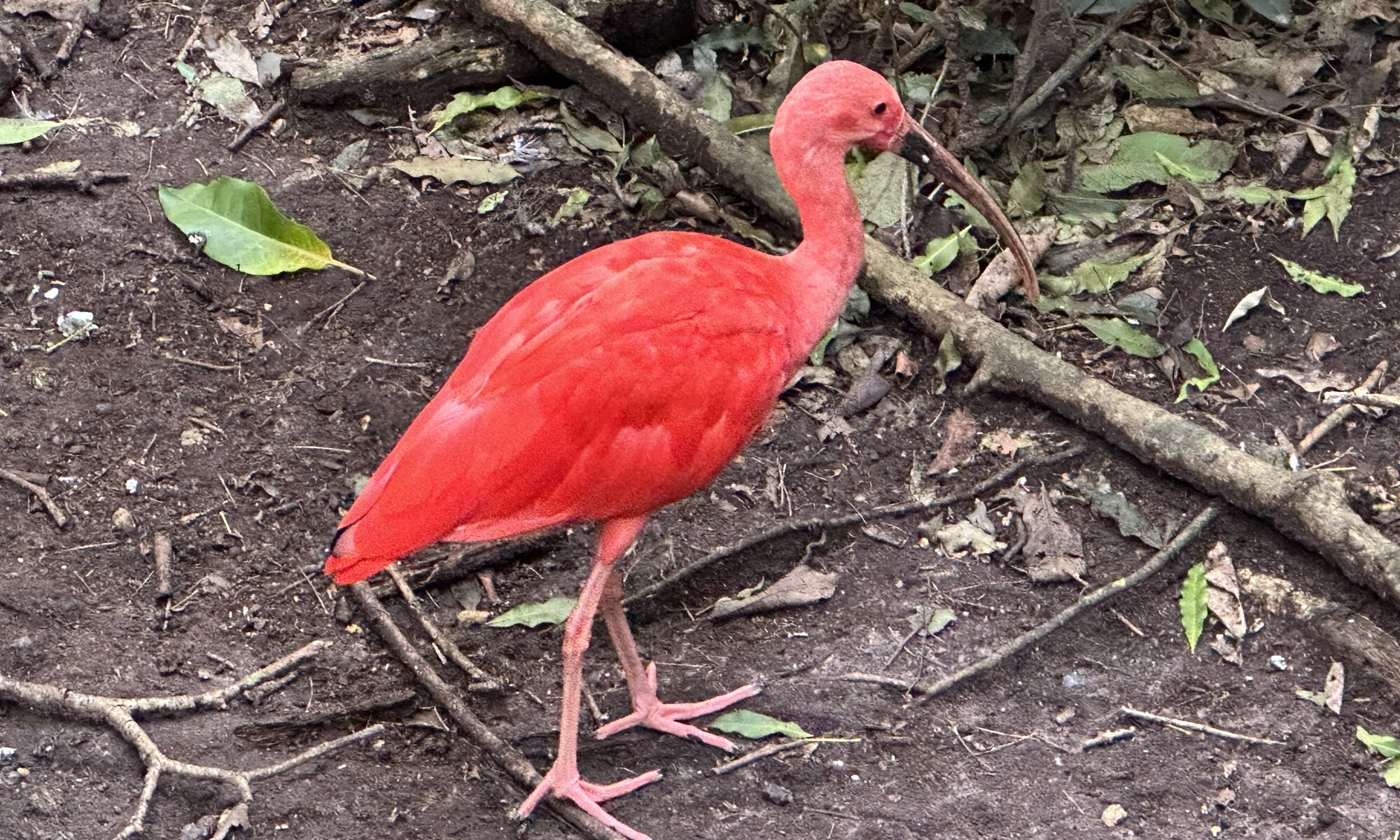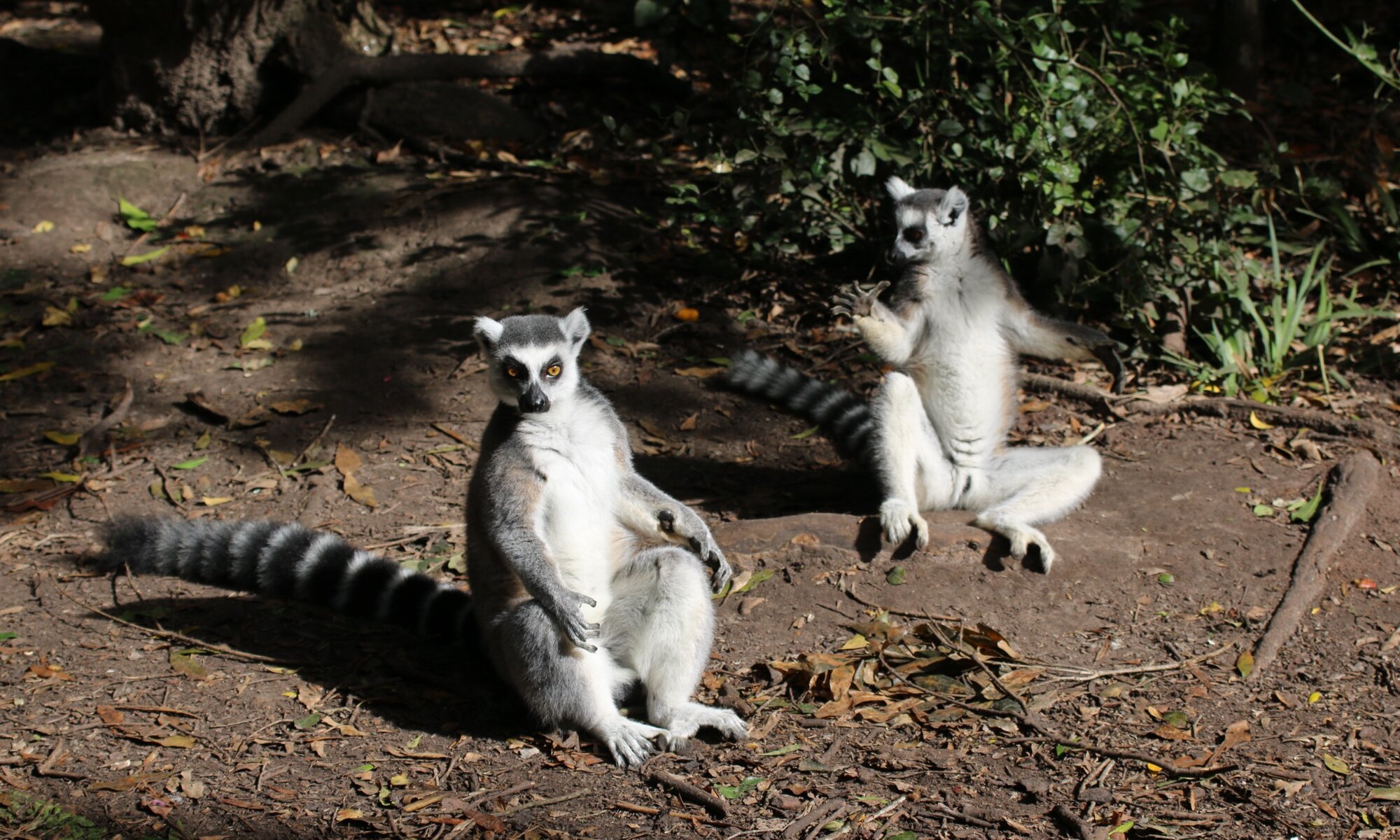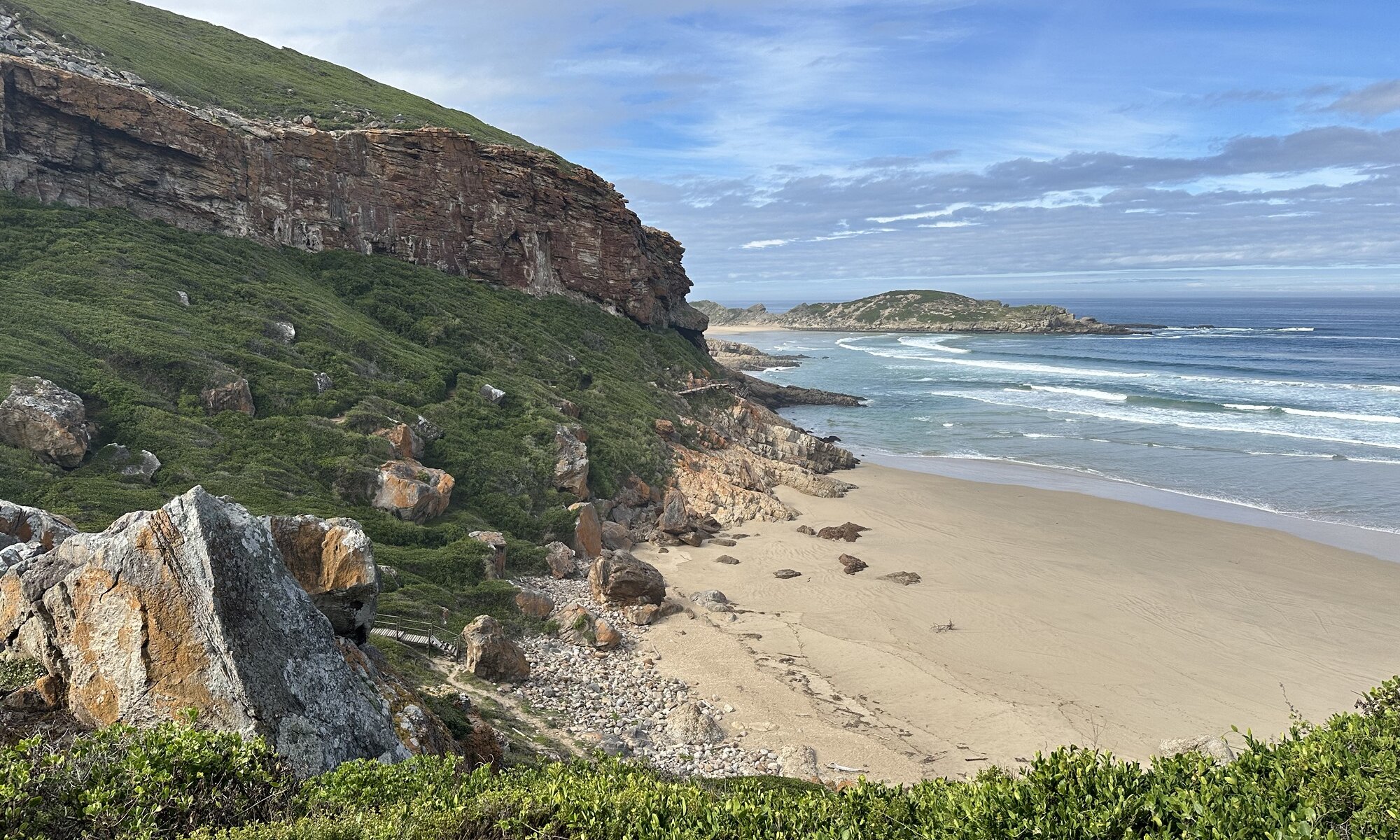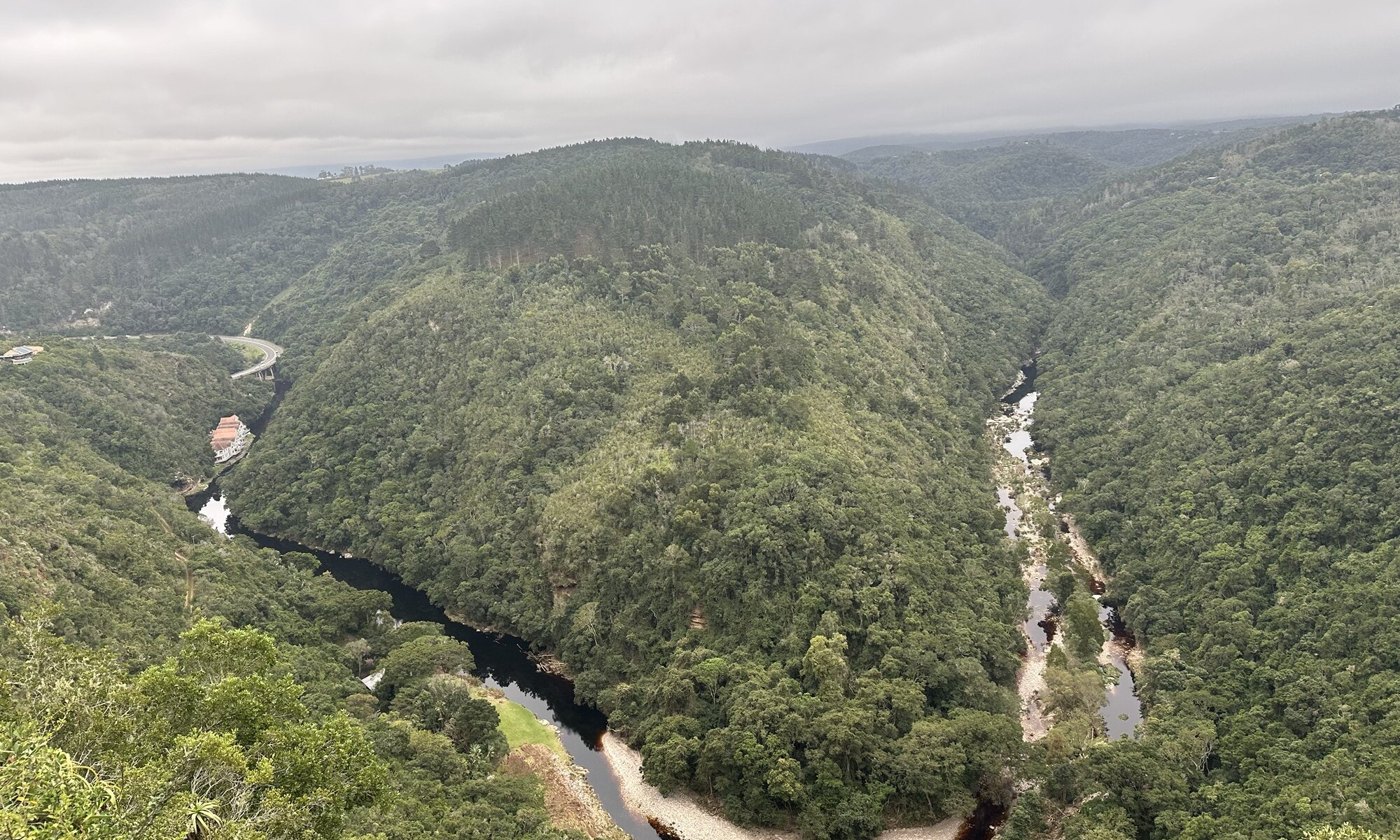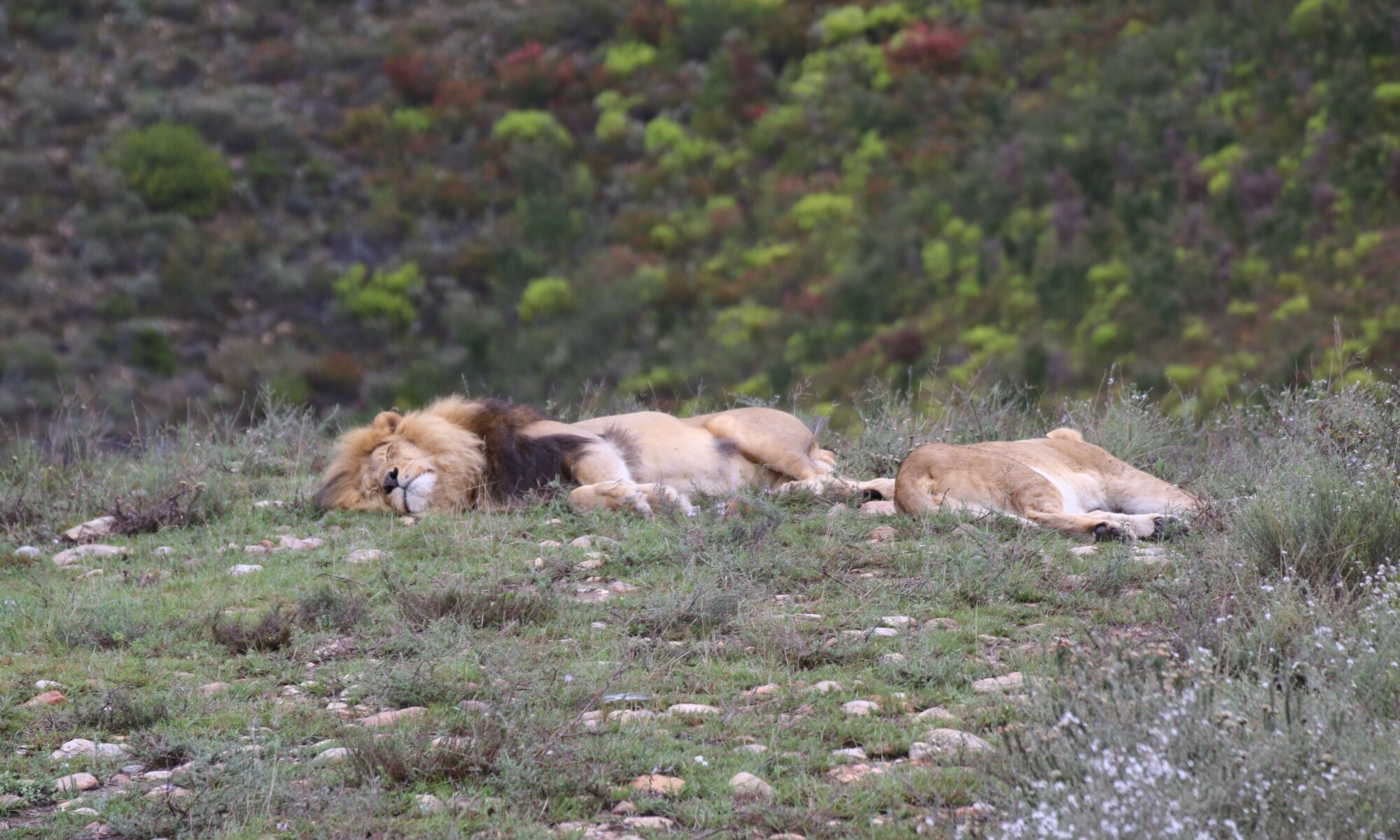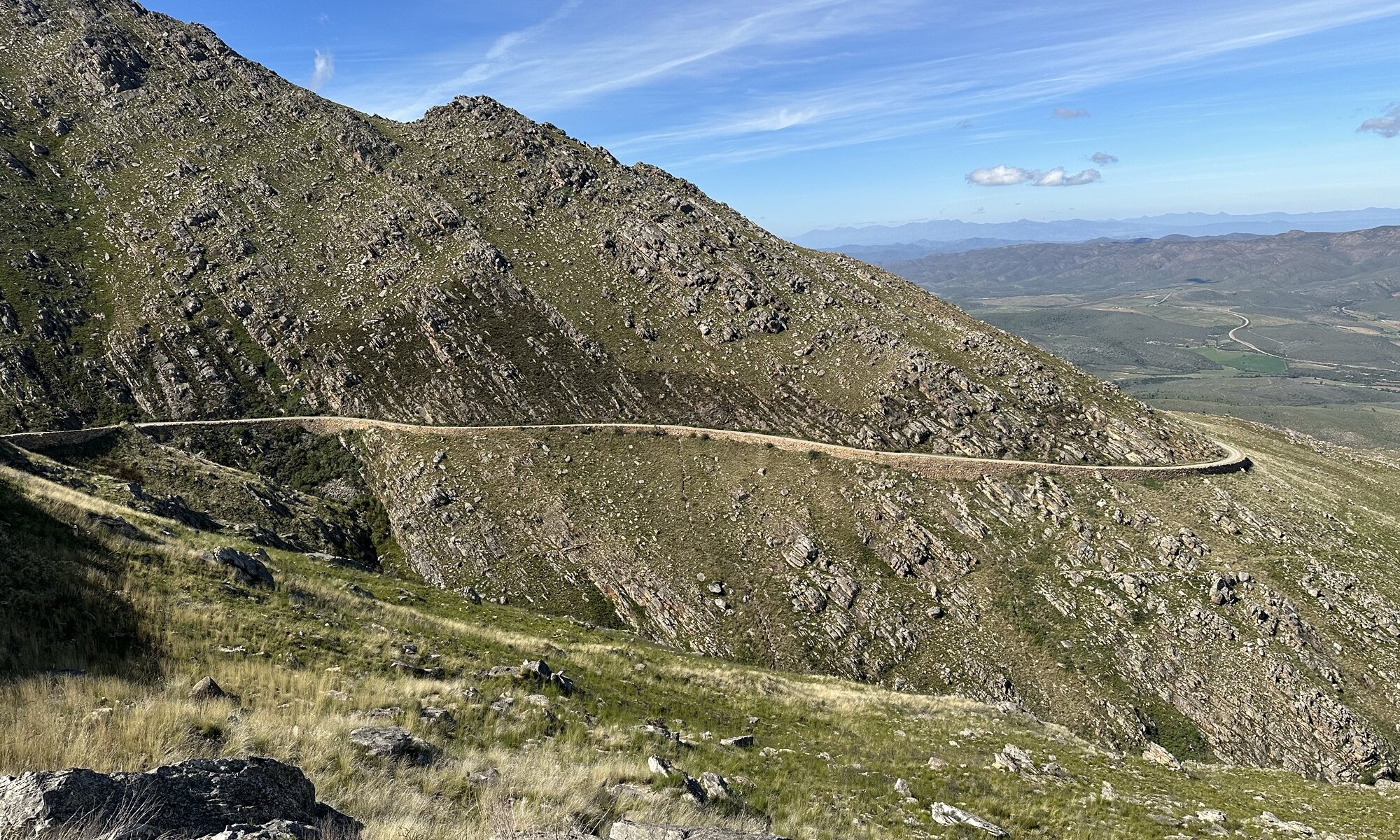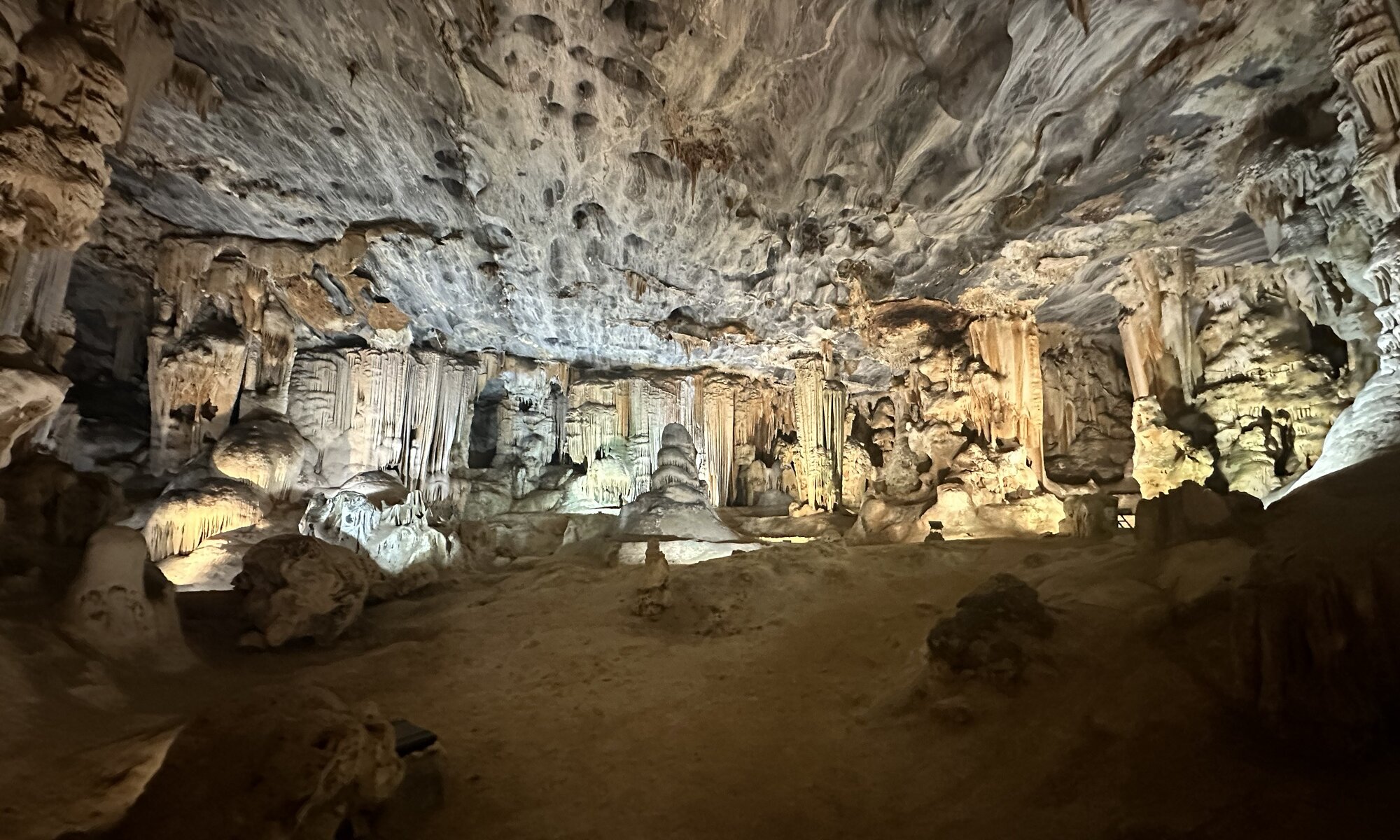If you want to feed an elephant and want to accompany one on a walk you’ll get your chance at the Knysna Elephant Sanctuary. You can buy some fruits and vegetables (for 50 Rand) and will then be taken to a herd of five elephants. The sanctuary located near Knysna is a conservation-focused reserve dedicated to the protection and rehabilitation of the African elephant. Set within a lush, forested area, the sanctuary is home to a small herd of rescued elephants, offering them a safe and natural environment where they can roam freely.
Continue reading “Herd”Jukani
Lions roaring in the forest: The Jukani Wildlife Sanctuary, located near Plettenberg Bay in South Africa, is a premier sanctuary dedicated to the care and conservation of big cats and other wildlife. Founded with the goal of providing a safe, natural environment for animals that have been rescued from captivity or unethical conditions, Jukani is home to a variety of predators, including lions, tigers, leopards, and cheetahs, as well as other species like bears and hyenas.
Continue reading “Jukani”Largest aviary
Birds of Eden at Plettenberg Bay is one of the world’s largest free-flight aviaries, offering visitors an immersive experience in the heart of South Africa’s Garden Route. Nestled within a lush forest, this sanctuary is home to over 200 species of birds from around the globe, including exotic tropical birds, endemic African species, and rare, endangered birds like the Victoria Crowned Pigeon and the African Grey Parrot. The aviary covers a vast area, allowing the birds to fly freely, interact with each other, and display their natural behaviors.
Continue reading “Largest aviary”Neozoa
Monkeyland, located near Plettenberg Bay, is a nice sanctuary dedicated to the rescue and rehabilitation of primates. Set in a lush forest environment, Monkeyland provides a safe haven for over 500 primates from around the world, including species such as capuchins, lemurs, baboons, and marmosets. The sanctuary is a free-roaming facility, allowing the monkeys to live in natural habitats where they can interact with each other and explore the forest at their own pace. Observing monkeys moving from tree to tree is a great pleasure.
Continue reading “Neozoa”Robberg
The Robberg Nature Reserve, located just outside Plettenberg Bay along South Africa’s stunning Garden Route, is a remarkable coastal sanctuary known for its breathtaking scenery and diverse wildlife. The reserve is famous for its rugged cliffs, rocky outcrops, and pristine beaches, making it a popular destination for hikers, nature lovers, and photographers. The Robberg Peninsula, which forms the heart of the reserve, offers a variety of trails with varying levels of difficulty, all providing sweeping views of the Indian Ocean and the surrounding coastline.
Continue reading “Robberg”Map of Africa
The Map of Africa at Wilderness, located in the Garden Route National Park, is a stunning natural landmark that offers visitors a unique and panoramic view of the landscape. This natural rock formation, resembling the shape of the African continent, is located on a hilltop and provides breathtaking views of the surrounding wilderness, including the sparkling waters of Wilderness Lagoon and the expansive coastline stretching to the horizon.
Continue reading “Map of Africa”Botlierskop
Botlierskop Private Game Reserve, located near Mossel Bay in the Western Cape of South Africa, offers an exceptional wildlife experience in a privately owned 4,200-hectare reserve. The reserve is home to a diverse range of African wildlife, including the Big Five (lion, elephant, buffalo, leopard, and rhino), as well as giraffes, zebras, and various antelope species. It is absolutely amazing to see this wonderful animals roam freely and to get close enough for great picture. Botlierskop was the best place for a safari during my trip to South Africa.
Continue reading “Botlierskop”Ostriches
I honestly didn’t expect Oudtshoorn to be the ‘Ostrich Capital of the World‘, but it is. If you want to learn more about the historic reasons, try out a place like the Safari Ostrich Farm where you can see 4,000 of these birds held for getting feathers, eggs, meat and leather. You can observe different species of ostriches and enjoy viewing the birds that can run up to 70 km/h on a tractor tour.
Continue reading “Ostriches”Swartberg
The Swartberg pass near Oudtshoorn is the most absurd road I’ve ever taken. Stunning views, steep ascents, interesting rock formations and a tiny little bit dangerous. The still unpaved road was created from 1884 to 1888 by Thomas Bain or better said by 200 convicts. It connects the small and the large karoo; the peak of the Swartberg is 1585 meters high. Road conditions are poor but you don’t need to have a four-wheel drive – I did it with a manual-shift VW Polo.
Continue reading “Swartberg”Cango Caves
The Cango Caves, located just outside of Oudtshoorn in the Western Cape, are one of South Africa’s most famous natural wonders. These spectacular limestone caves, formed over millions of years, are renowned for their impressive stalactites and stalagmites, along with their vast, cavernous chambers. The caves stretch for over four kilometers and offer guided tours that explore different sections, with varying levels of difficulty and depth, providing visitors with the chance to see the incredible rock formations up close.
Continue reading “Cango Caves”